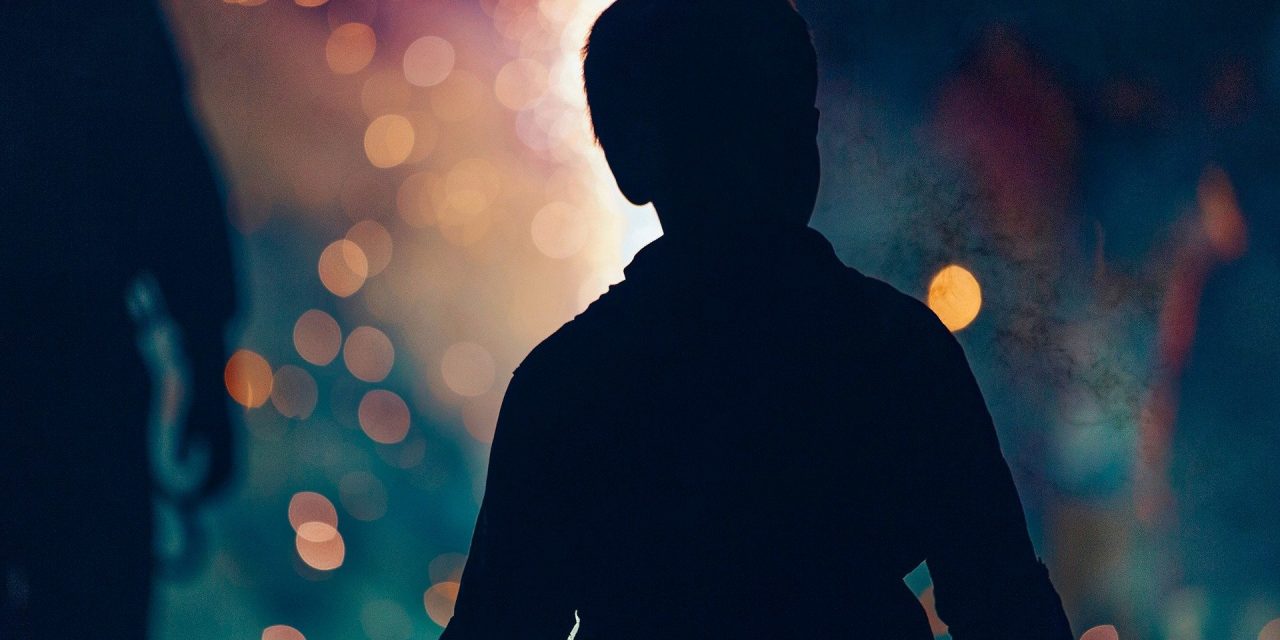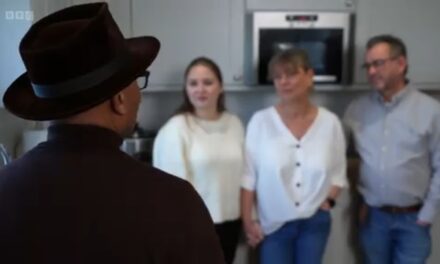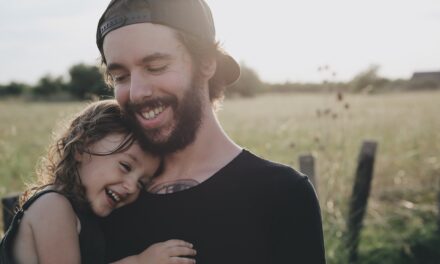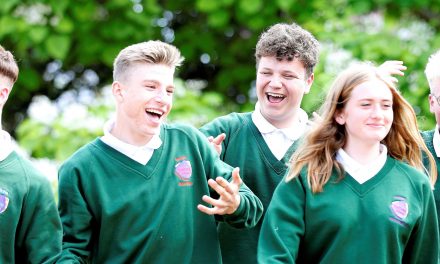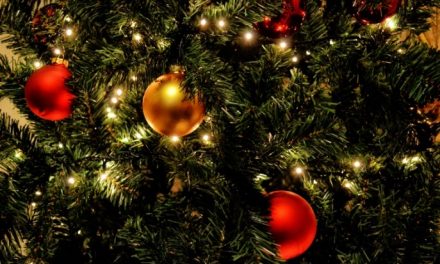Due to COVID-19, most organised fireworks events have been cancelled. However many of us will still want to celebrate the 5th November at home with our household.
It is estimated that each year, over 500 children under 16 years in England attend A&E in the four weeks surrounding bonfire night, with boys more likely to get injured than girls. Fireworks are bright and exciting for kids but can also be extremely dangerous, regardless of your age.
Young children are particularly at risk from burns and scalds as their skin is thinner than an adult’s. Sadly in the last year, an average of three children under 5 attended an East Sussex A&E every week due to a burn or scald.
Sparkler safety
Babies and very young children will find sparklers very appealing and try to reach out to grab them. Avoid holding a small child while you have a sparkler in your hand. Do not give a sparkler to a child over 5 years old and even those over 5 still need supervision. Gloves should be worn as sparklers, although small, can still reach 2000°C and three sparklers together can generate the same amount of heat as a blowtorch! For further information, check out ROSPA’s sparkler safety advice.
Bonfire Safety
The safest place for a bonfire is at least 18m away from the house and surrounding trees, hedges and fences or sheds. To keep children a suitable distance away from a bonfire it is good to have a marker, such as a rope that kids have a visual reminder of where to stand. For further information, check out ROSPA’s Bonfire safety advice.
Please also check for animals! Smaller species, such as hedgehogs, can hide in your bonfire pile and may not be easily visible. Ideally build your bonfire on the day you are planning to light it.
Firework safety
East Sussex Fire and Rescue Service also offer advice on how to handle fireworks and how to dispose of them safely.
- Only buy fireworks with the CE mark and from reputable, licenced retailers.
- Make sure those watching are at a safe distance and never return to a firework once it is lit.
- Fireworks should be kept in a closed box a safe distance away until used and then only take out one at a time.
- Always have a bucket of either soft soil or sand in which to stick used fireworks into.
- Wear strong gloves and use tongs to collect used fireworks and sparklers.
How to safely dispose of fireworks
Soak it – Douse them with water to ensure that there is no chance of them setting anything else alight.
Bag it – Collect all the used fireworks and sparkles and put them into a bag once they have been soaked overnight.
Bin it – Put them into your rubbish bin (fireworks and sparklers can’t be recycled).
Never ever put anything hot in your bin, such as fireworks, sparklers and bonfire ash.
If a firework is damaged, faulty, leaking or damp, follow the same steps. Never attempt to re-light a firework that doesn’t go off.
First aid advice
If there is an accident and someone does suffer a burn then you should:
COOL – run the burned area under cool water for 20 minutes (Or no longer than 10 minutes for babies and toddlers as they can get cold).
CALL – Call 999 or 111 for emergency assistance or advice.
COVER – cover the burn loosely with cling film.
You should seek medical advice for any burn on a child larger than a postage stamp. First aid advice for burns and scalds can also be found on the NHS website.
